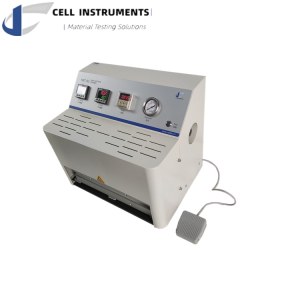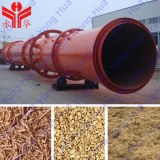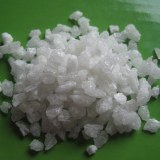 |
|
|
B2B Services
HST-02 Heat Seal Tester |
|
This page is about importers and exporters of HST-02 Heat Seal Tester Search in a category : B2B Services Search in a category : seal, tester, heat |
Friday, December 05, 2025
Exceptional clearance offer for professionals, with premium mattresses available
Quantity : 310 - Price : 289,00 €
Special price: €289 + VAT / unit Available quantity: 310 units Brand-new mattresses from liquidation, intended for wholesalers, importers, distributors, and clearance companies. High-end products equipped with advanced relaxation technologies. ✅ Andubed Models - 21 vibration transmitters - Infrared heating zones - Sizes available: 70×200 to 120×200 ✅ Andubed LUXE Models - Targeted heat zones: cervical, back, legs - Premium design suitable for wellness centers, athletes,...
TRANSIDI
- 22440 - PLOUFRAGAN
- 09 72 63 03 26
- 33(0)603670505
Sunday, August 10, 2014
Quantity : 25 - Price : USD 3900-88888
Factory Service and Certification: Pre-sale services: According to your special needs, design and manufacture products for you, provide you with project design, process design, purchase program suitable for your machines and equipment. Sale of services: Assist you to complete...
Henan Zhengzhou Yonghua Machinery
- olina1
- 450000 - zhengzhou CITY
- +13 6 07 69 93 63
Friday, June 21, 2013
Quantity : 2000T/mont - Price : 880usd
99.5% high purity white fused alumina/WFA 3-5mm Description: White fused alumina oxide powder is a high-quality raw material, made of fused refin ing crystal, high purity, self-sharpening, good acid and alkali resistance, high temperature, thermal properties and stability it...
Henan Sicheng Co, ltd
- 450006 - Henan province
- 0086 371 68706009
- 8615890630517










